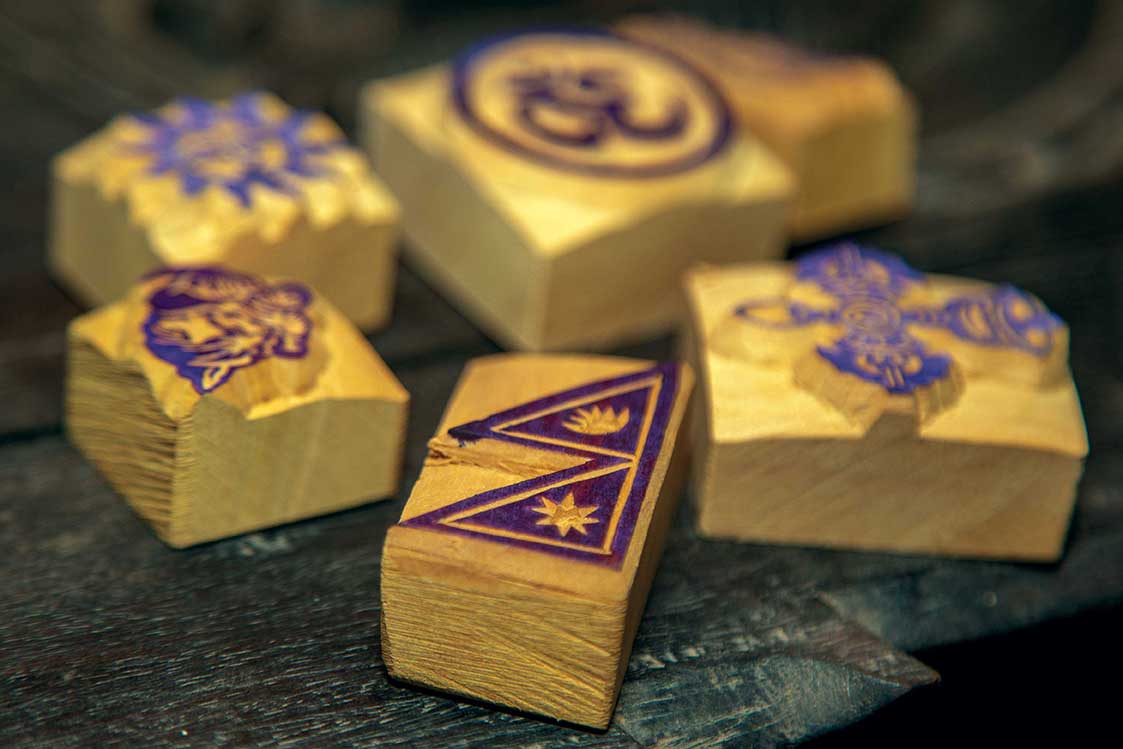When I am about to put an amalgam filling these days some of the patients ask me: “Is it safe”? Others have had a bad experience with a white filling and want the silver filling. There are others who are not bothered. Many are a little confused since their dentists have negated amalgam fillings to such an extent that they have replaced a problemless filling with a white filling. So what is the truth?
What is an amalgam filling?
Amalgam fillings are used to repair teeth for hundreds of thousands of people each year. Dental amalgam is a popular choice, as it is strong, relatively
inexpensive and can last a lifetime.
What makes up an amalgam filling?
Dental amalgam is an alloy of silver, tin, copper and mercury.
What’s all the fuss about amalgam fillings?
On the basis of research available, the American Dental Association policy is that the use of dental amalgam produces no harmful effects.
There has been much publicity regarding the safety of dental amalgam. The World Health Organization and the International Dental Federation have released a joint statement confirming the safety of dental amalgam as a filling material. These associations believe that there is no positive gain in having dental amalgam fillings replaced with other
materials, other than for aesthetic reasons.
If amalgam is so great, why does my dentist use white or ‘tooth-colored’ fillings?
White fillings have been used in front teeth for decades. In recent times, scientists have developed strong white filling materials for back teeth to be used as an alternative to the dark color of amalgam. The reason for this is the public demand for tooth-colored fillings in visible areas of the mouth. These materials have not been in use for enough time to test their long-term comparison with amalgam, but results so far are encouraging.
Should I have my amalgam fillings replaced?
Dentists replace amalgam fillings for a variety of reasons, including recurring decay, fracture, endodontic treatment and appearance. If you seek replacement of quite satisfactory amalgam
fillings for other reasons, such as a
concern about the effects of mercury, you may create problems that otherwise would not have occurred, such as:
- Possible damage to or weakening of teeth.
- Sensitivity or pain after the filling.
- Financial problems.
Is it true that amalgam is dangerous for my baby?
If you already have amalgam fillings, there is no evidence to suggest you or your baby will be harmed because of them. However, general principles of public health during pregnancy suggest that it is prudent to avoid any dental treatment that can be deferred. This includes the removal or placement of amalgam fillings during the pregnancy and during the subsequent period of breastfeeding. The American Dental Association Working Party report states that “general public and environmental health principles dictate that where possible exposure to mercury from dental amalgams be reduced where a safe and practical alternative exists. This becomes more prudent in special populations, including children, women in pregnancy and persons with existing kidney disease.”
Conclusion
There is nothing wrong with having an amalgam filling since evidence to date does not indicate any harmful effects. Next time your dentist tells you to change your problemless amalgam filling just stop him from doing so.
Advanced Dental Care
Lazimpath, Kathmandu (opp. palace)
Tel: 443.3800, Email: dentistnepal@yahoo.com











